Avocado
Superfood with a large water footprint
General information
The avocado (lat. Persea americana; sp. aguacate) belongs to the laurel family and is, from a botanical point of view, a single-seeded berry. Both in the cosmetics industry and in nutrition, the hype, especially among the younger generation, cannot be overlooked. The reason for the appeal of avocados is that they are rich in vitamins and unsaturated fatty acids. Its unique taste and versatility make it one of a kind. However, the consumption of the avocado, which is often transported from America to Europe and consumes a lot of water, is also heavily criticized.
Heutzutage dominiert die Hass-Avocado den Markt. Diese wurde in den 1920er Jahren von Rudolph Hass gezüchtet. Er dachte, die Züchtung sei misslungen, da diese, im Gegensatz zur grünen Schale der damals weit verbreiteten Sorte Fuerte, eine dunklere Schale hat. Sein Sohn konnte ihn schließlich überzeugen, die Früchte zu probieren und diese konnten ihn durch ihre cremige Textur und ihren nussigen Geschmack überzeugen, sodass er die Hass-Avocado 1935 patentieren ließ.
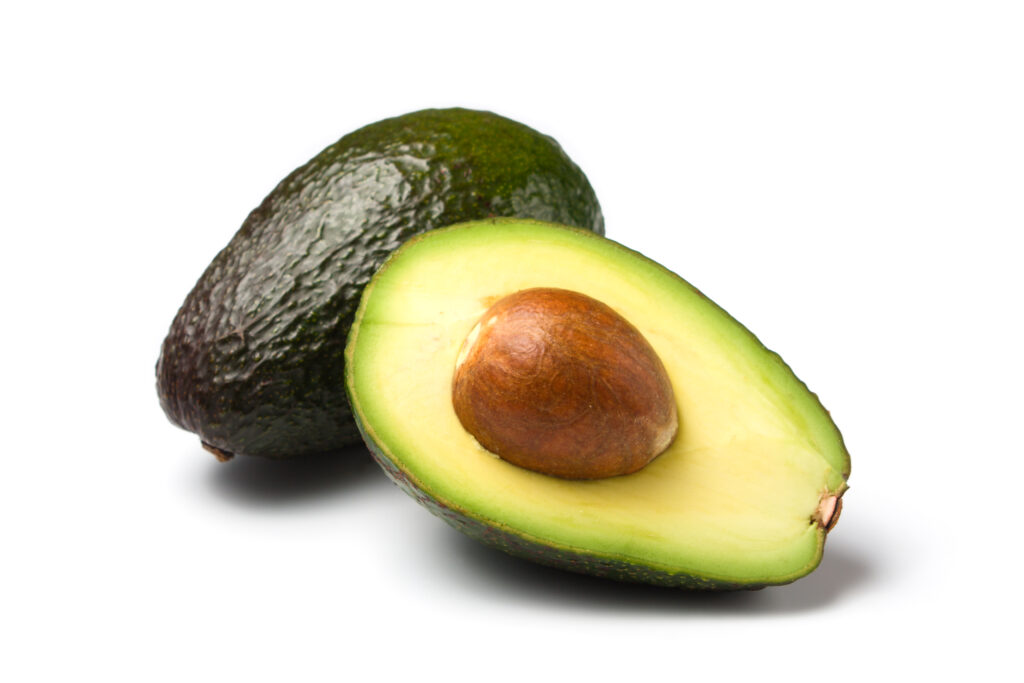
Growing regions
Avocados are now grown in many areas around the world. The map highlights all countries that produced more than 80,000 tons of avocados in 2021 according to the Food and Agriculture Organization (FAO). Over 70% of the world’s avocados come from America and 40% from Mexico, where the avocado originated.
Other important growing countries including Colombia, Peru, the Dominican Republic and Indonesia. Avocados are also grown in the Mediterranean region, with Spain being the only European country that also exports them. The avocados in European supermarkets often come from Peru, South Africa and Kenya in summer and from Mexico, Chile, Israel and Spain in winter.
Im Jahr 1961 lag die weltweite Produktion von Avocados noch bei 716.000 Tonnen Avocados und ist bis auf 8.600.000 Tonnen im Jahr 2021 gestiegen. Die Produktion ist seit 1997 mit den ersten Importen durch das NAFTA Freihandelsabkommen zwischen den USA, Kanada und Mexiko verstärkt angewachsen. Zwischen 1997 und 2021 hat sich die Avocadoproduktion in Mexiko verdreifacht. Dies ist deswegen bedeutsam, da die USA das Ziel von mehr als 75 % der mexikanischen Exporte sind. Seit April 2020 gibt es ein Handelsabkommen zwischen der EU und Mexiko, das einen zollfreien Import ermöglicht, mit der Folge eines vergrößerten Angebots mexikanischer Avocados auf dem europäischen Markt.
Cultivation and harvest
The avocado plant is very sensitive to cold and humidity, which is why it should only be grown in regions without frost and without dry and hot winds. It grows best at an average annual temperature of 18 to 26 °C and requires an average rainfall of around 1,200 to 1,800 mm. As the avocado is often grown in dry areas and therefore cannot benefit from optimal rainfall, it must be artificially irrigated. The plant particularly benefits from areas that are covered with grass, trees or shrubs. However, avocados are mainly grown in monocultures for the export industry.
Avocado trees grow up to 30 meters high, but the trees on plantations usually only reach a size of up to eight meters. They can bear up to 138 kg of fruit after seven years. Each tree can produce up to one million flowers, but only 0.1% of these develop into fruit.


Products
Probably the best-known product that can be made from avocados is guacamole, a Mexican dip. However, the avocado can be used in many ways, not just as a food. There are numerous oils and various cosmetics on the market that contain avocado ingredients. According to various beauty forums, avocado oil is said to have a nourishing effect on dry skin and hair. Other cosmetic products, such as face masks and lip care products, have been developed to harness this power.
Consumption
The reason for the sharp rise in production is the growing popularity and associated intensive consumption that goes along with it in Europe, North America and parts of Asia. In the USA, it is impossible to imagine the Superbowl, a US sporting event, without avocados. Up to 100,000 tons of avocados are consumed on the day of the event. Avocados have become part of several lifestyle trends thanks to advertising that highlights their health benefits. On average, between one and 3.5 kg of avocados are consumed per capita in the USA and Europe each year. The market is expected to continue to grow steadily over the next few years.
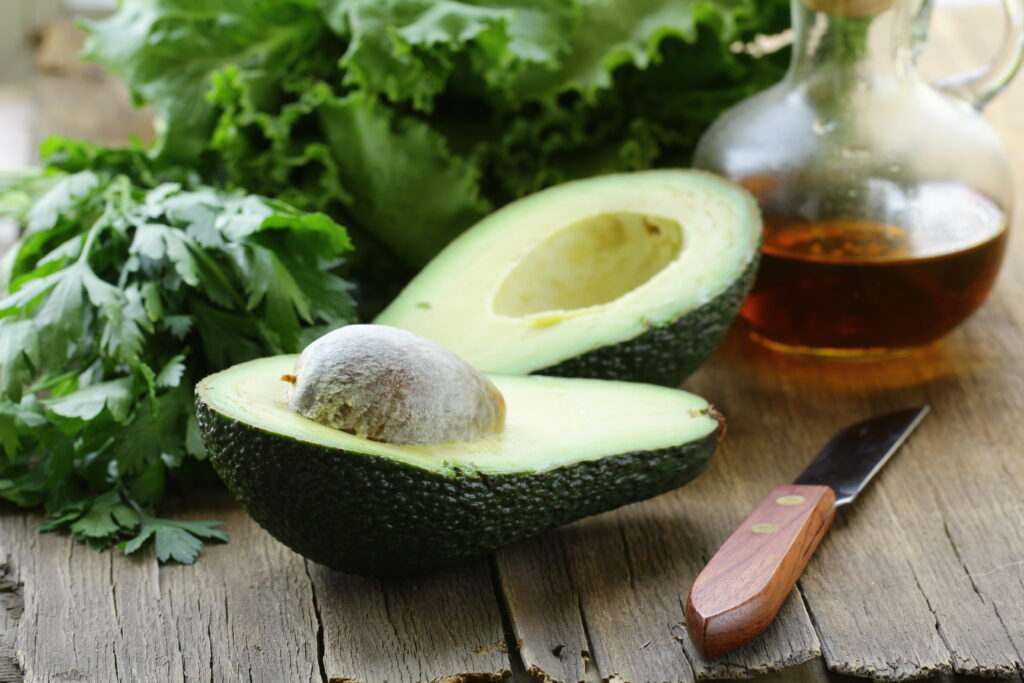
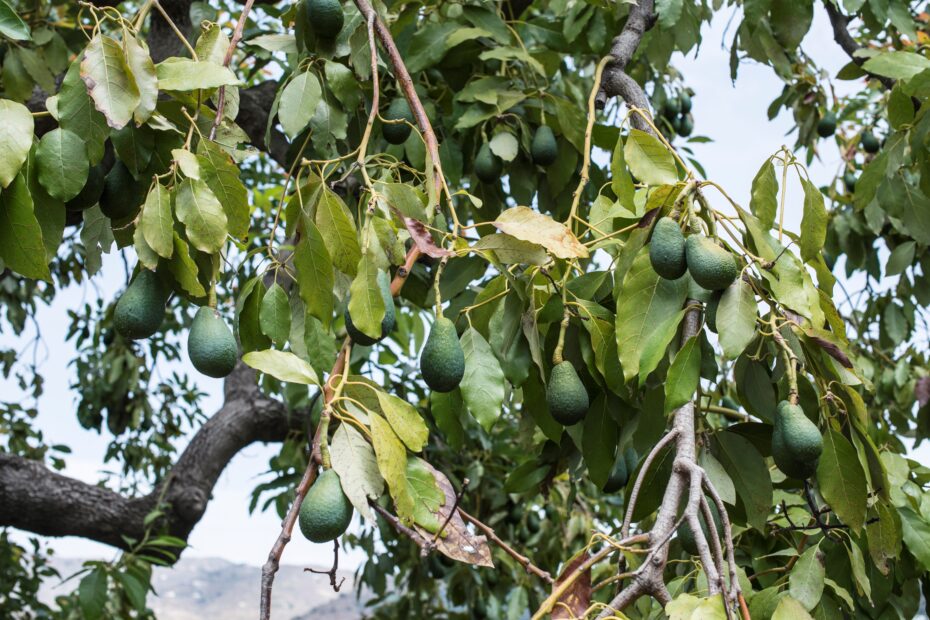
Challenges
One challenge is posed by climate change, bringing higher maximum temperatures. As a result the fruits ripen faster, which means they have to be harvested earlier. As temperatures rise, the already high water consumption increases further, making it essential to expand and improve irrigation systems.
In some regions, temperatures rise so significantly that plant growth and fruit are damaged by the heat forcing the cessation of avocado cultivation. One solution to this is relocating the cultivation areas to regions that were previously too cool for cultivation but have sufficient water storage capacity.
Weitere Herausforderungen entstehen durch sozioökonomische Konsequenzen, die durch den Avocadoanbau entstehen. Einerseits schafft das Wachstum des Markts und der Anstieg des Weltmarktpreises neue Arbeitsstellen und die Möglichkeit des Profits. Andererseits führt dies zu vermehrter Gewalt und Schutzgelderpressung durch Drogenkartelle. Zudem werden die existenzsichernden Anbaugebiete der lokalen Gemeinden in weniger fruchtbare Gebiete verlegt, um Platz für die auf den Export ausgerichteten Avocadoplantagen zu schaffen. Dadurch wird die Nahrungssicherheit der Bevölkerung gefährdet.
Certification
Labels are intended to provide guidance to consumers who value sustainable production. Even when consciously consuming avocados, one can refer to labels and certificates. Based on personal experience, are available in stores with Fairtrade or organic labels, which ensure certain social and ecological minimum standards. However, most avocados that can be found in German supermarkets are not certified.
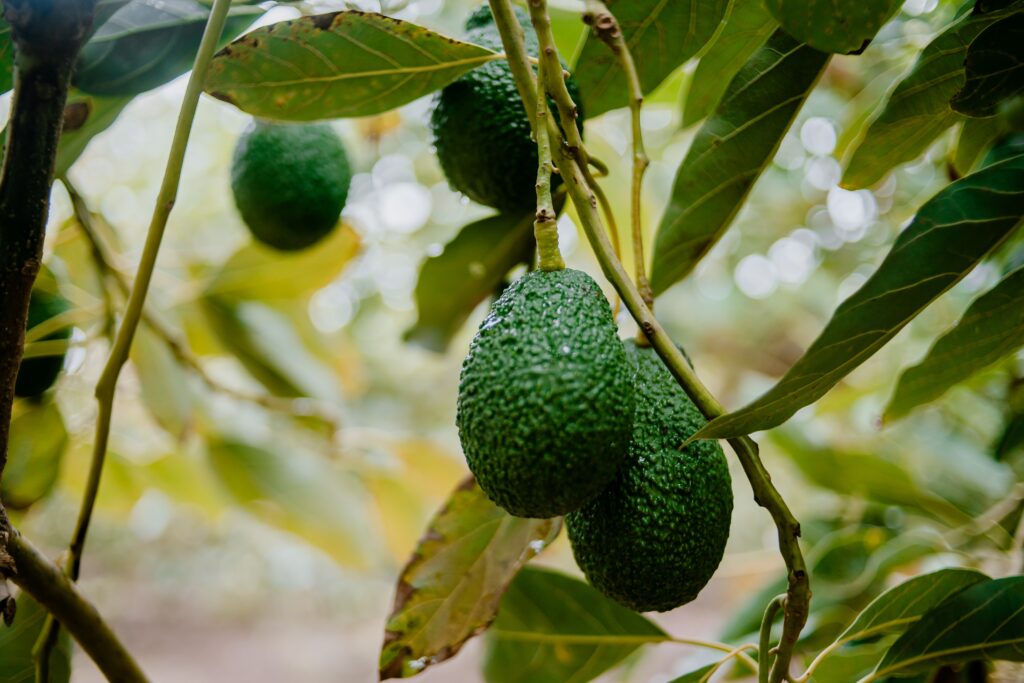
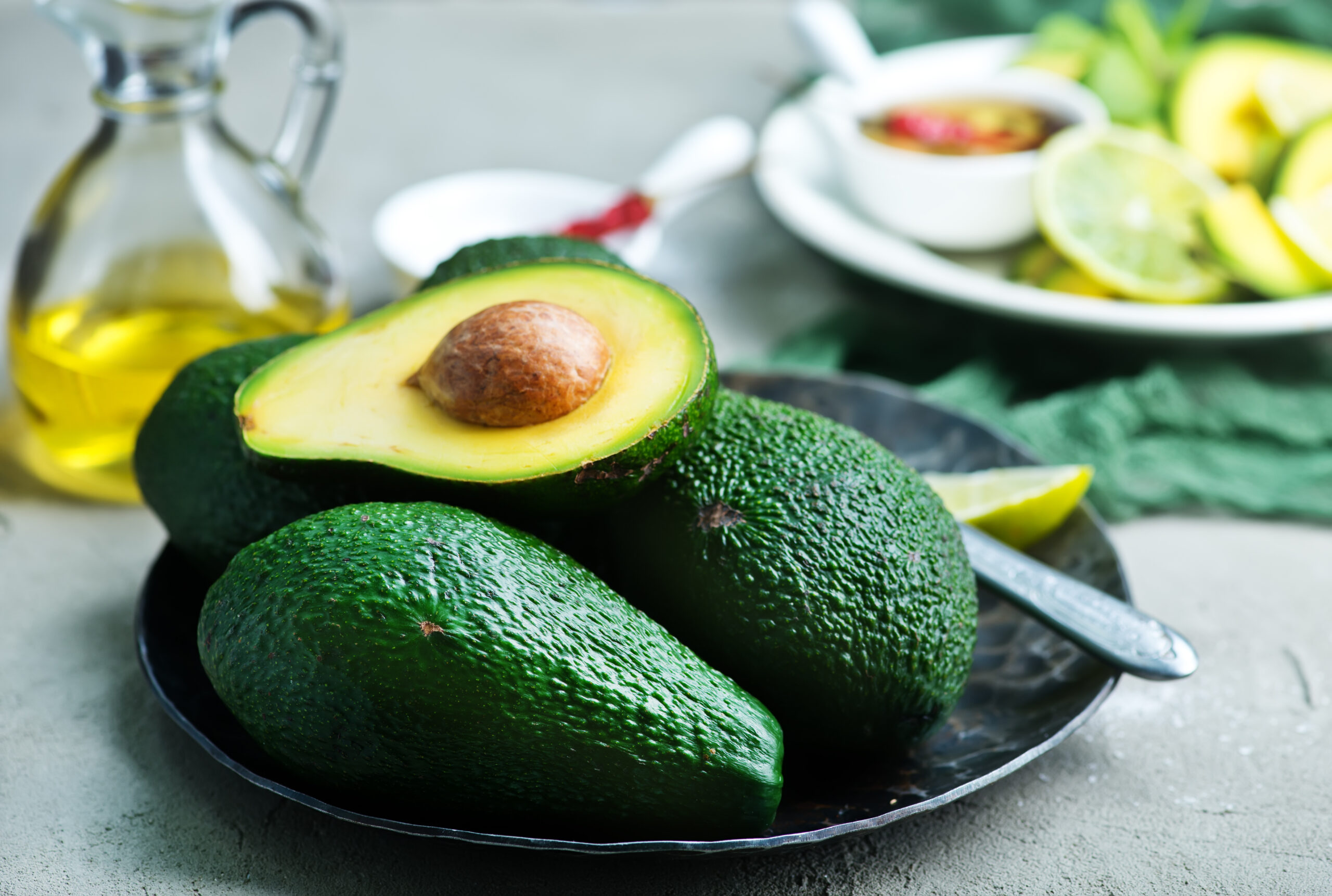
Sustainability
The consumption of avocados should be accompanied by a certain level of awareness. Central to this are the social and ecological consequences of upscaling production. The high water consumption, associated crime and the usually long transportation route are reasons to view consumption rather critically. However, avocados represent a significant part of the economy in places like the Mexican state of Michoaćan and are immensely important to the local farmers. Therefore, as with many things, the decision cannot be made across the board, but should be weighed up individually. Labels can provide valuable support in this decision-making process.